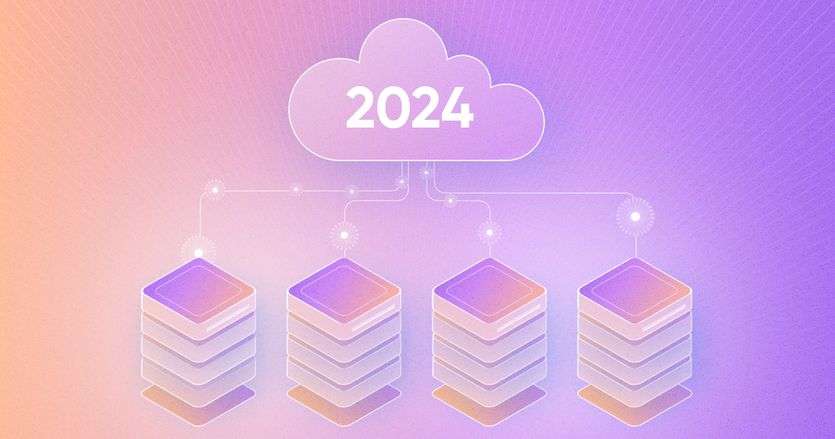There are approximately 30,000 SaaS companies, with the United States hosting the largest share of them at around 60%. The global SaaS market in 2023 was valued at approximately $197 billion, showcasing 17.5% growth compared to 2022. The US remains the dominant market, but emerging economies like India, China, and Brazil are experiencing rapid SaaS growth.
As you can see, SaaS is poised for further growth. By 2030, the global SaaS market is projected to reach a staggering $819.23 billion, driven by continued digital transformation and cloud adoption. Hence, it's evident that investors express significant interest in this sector and are keen to invest in your startup. Supporting this assertion with data: SaaS has emerged as the most favored category for venture capital investments, securing a substantial 47.6% of total VC funding.
SaaS Software Trends 2024
The industry's expansion emphasizes trends in personalization and vertical specialization. Why? Standing out in a crowded market, such as competing with a giant like Salesforce, becomes challenging if a business pursues a broad, horizontal approach, attempting to solve everything at once. Focusing on personalization and vertical solutions becomes crucial for distinct market positioning.
Artificial Intelligence and Machine Learning
Think about how Netflix suggests shows you might like. Well, now it's not just about the entertainment industry – it's happening in SaaS too. For instance, Grammarly harnesses AI and ML to enhance your writing style and grammar in real time. LinkedIn, a well-known platform, utilizes AI for a personalized feed, suggesting relevant articles, jobs, and connections. The power of AI isn't limited to just these examples; many processes in your software-as-a-service business can be automated by integrating tools like ChatGPT. Learn more about incorporating AI with this guide.
For instance, we have developed a sophisticated product, the Flight Simulator, featuring a broad range of functionalities. This includes the capability to test various scenarios, monitor skill levels, and continually improve through the use of machine learning. With our flight simulator, pilots can feel confident in their abilities and stay up-to-date with the latest techniques and technologies.
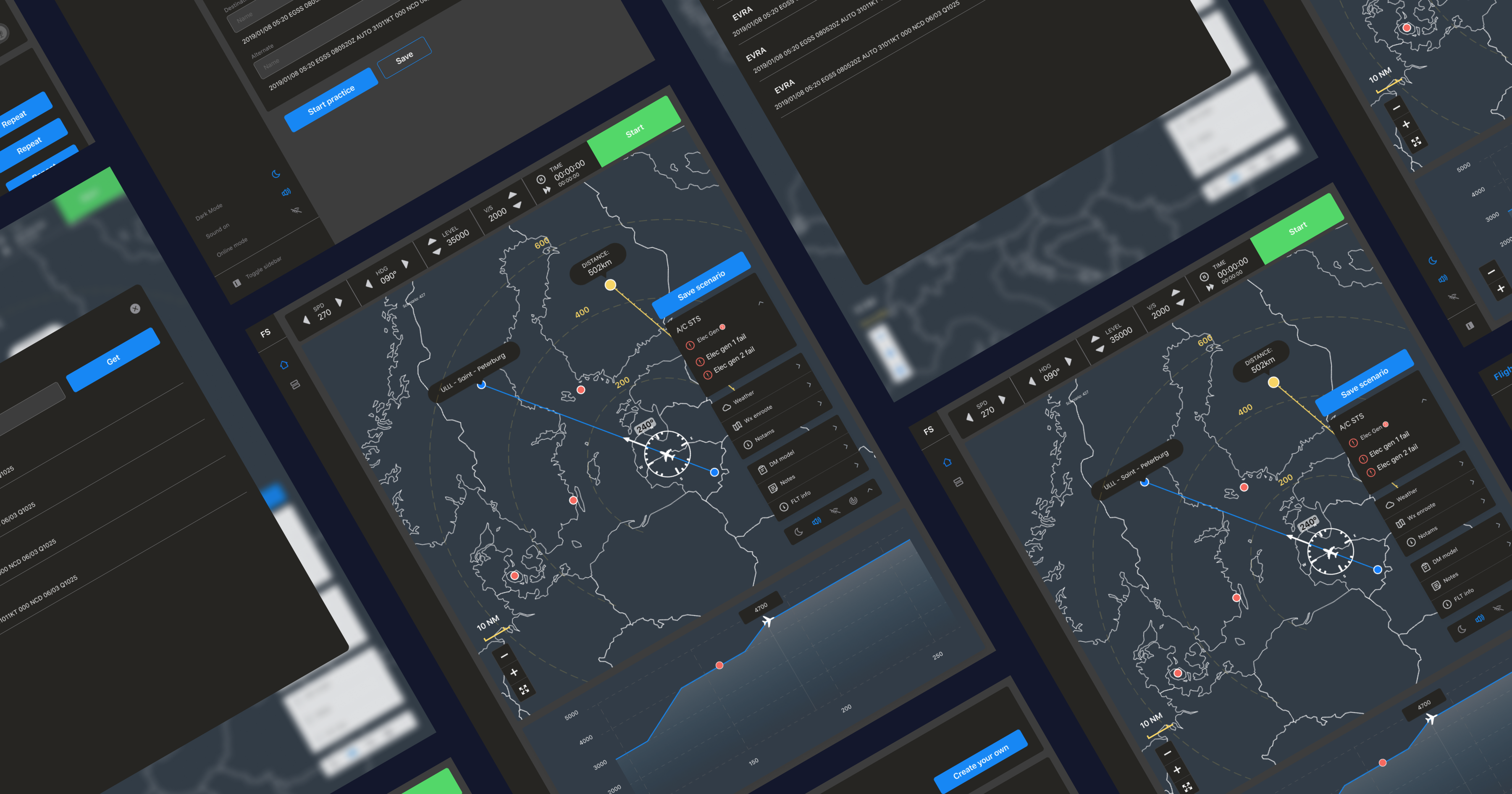
Blockchain
As our CEO said:
"You don't have to use it everywhere, but blockchain works well in certain situations.
For example, when you want to make sure data won't change, won't be tracked, and needs to be anonymous, decentralization is a great choice. Think about signing documents. With decentralization, anyone can check that all parties signed the document.”
Blockchain has the potential to facilitate privacy-preserving data analysis and sharing. For instance, all transactions and data alterations are securely recorded on an immutable ledger. Moreover, decentralized data storage within the blockchain is impervious to tampering and provides robust resistance against cyberattacks.
For example, Microsoft Azure Blockchain Service offers a fully managed solution empowering businesses to create, deploy, and oversee blockchain applications on the Azure cloud platform. It accommodates various blockchain protocols such as Ethereum, Hyperledger Fabric, and Corda. Notably, even industry leaders like JPMorgan Chase utilize Azure Blockchain Service for developing innovative trade finance platforms.
Vertical SaaS
Gone are the days of one-size-fits-all solutions. 2024 will see the rise of vertical SaaS, catering to the specific needs of individual industries.
For example, we handled the design and development of the vertical SaaS platform Truffls, a mobile and web-based job search app in Germany. Truffls provides users with a seamless job-hunting experience using a swipe-based system to swiftly browse through job openings. It allows users to explore comprehensive job details and company profiles effortlessly.
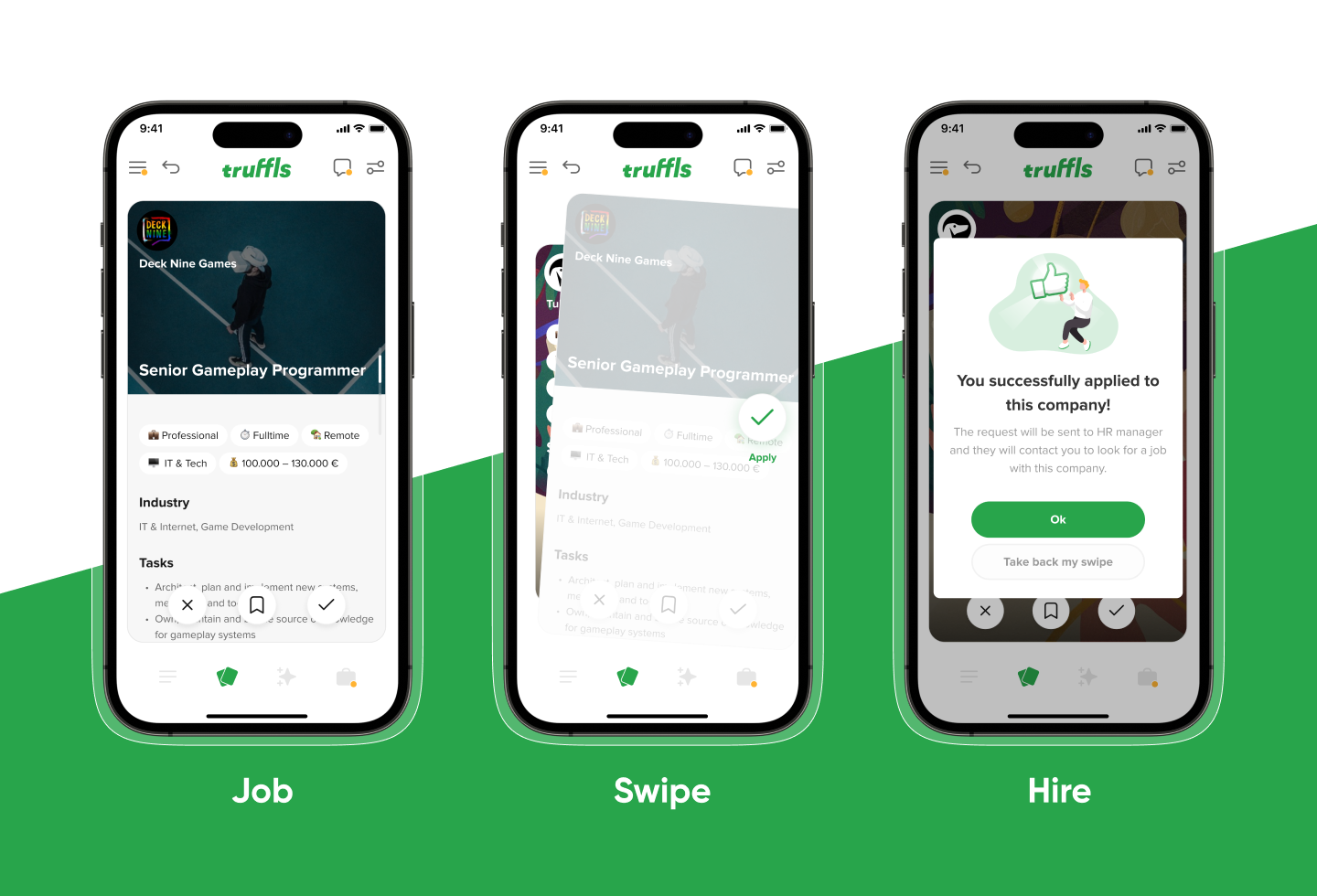
Here are some ideas I believe hold market potential:
- Fintech SaaS: Automating financial processes, analyzing market trends, and offering personalized investment guidance.
- Real Estate: Virtual property tours, IoT.
- E-commerce: Enable merchants to interact with customers directly through live video streams and social media.
White Label SaaS
White-label SaaS refers to software as a service offered by an external vendor, which your company can rebrand and promote as its own. In this process, the platform undergoes "white-labeling," wherein the original branding and user interface are removed, providing a customizable blank canvas.
For example, a marketing agency uses white-label SaaS for email marketing. The agency sources an email marketing platform from a third-party vendor, rebrands it with its logo and color scheme, and presents it to clients as its proprietary email marketing solution. Behind the scenes, the core software and features remain powered by the third-party provider, offering a seamless and branded experience for the agency's clients without the need for extensive development efforts.
Famous examples of white-label SaaS:
- Calendly: Renowned for appointment booking services.
- Roomify: Specializes in meeting room booking solutions.
- Mailchimp: A well-known platform for email marketing and automation.
- Zendesk: Offers white-labeled helpdesk and customer support software.
- Shopify: Recognized for its white-label e-commerce platform.
Social Initiatives
Businesses are increasingly recognizing the value of integrating social impact into their products and services, leading to a wave of SaaS solutions aiming to address global challenges and empower communities. For example, SaaS platforms can help businesses measure their carbon footprint and implement strategies to reduce emissions, like our client Pyoor. Or SaaS platforms can equip individuals with the skills they need to enter the workforce and find meaningful employment.
A notable illustration is our collaboration with Zamna, a technology company transforming airport security and passenger verification. With a commitment to elevating security, efficiency, and passenger experience in aviation, Zamna engaged our expertise to build an innovative platform.
Our joint efforts centered on securely authenticating passenger information and streamlining the travel process. Employing advanced data analysis and verification methods, we crafted a seamless and trusted solution.
This stands as a compelling example of how a startup can make a significant impact on society.
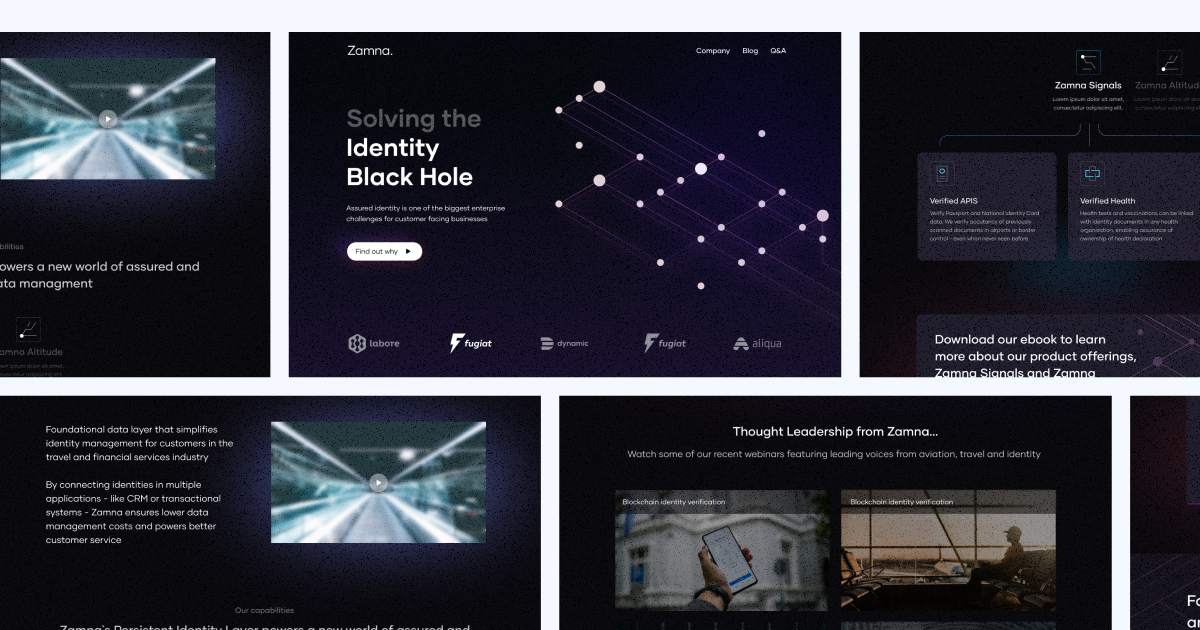
PaaS (Platform as a Service)
Platform as a Service (PaaS) is a cloud computing service model that provides a comprehensive and integrated platform for developers to build, deploy, and manage applications without the complexities of managing the underlying infrastructure. PaaS offerings typically include development tools, middleware, databases, and other resources essential for the entire application development lifecycle.
The primary feature of PaaS lies in its provision of a unified platform that integrates all essential hardware and software resources under the "all-inclusive" principle. In the past, software developers had to individually acquire, rent, or purchase these resources and then intricately configure them for effective collaboration—an inherently challenging task. Compounding the complexity, tool vendors often imposed varied requirements for the operation, integration, and licensing of their products, further complicating the preparation and utilization of the software environment. PaaS addresses these challenges by offering an integrated solution, streamlining the development process, and enhancing overall efficiency.
For instance, AWS is much more than just cloud storage. It provides pre-configured environments for various programming languages and frameworks, allowing developers to focus on writing code rather than managing infrastructure.
Key features of PaaS:
-Speed as PaaS platforms provide a flexible and scalable environment for developers to rapidly build and deploy new applications.
-Collaboration between development teams, allowing programmers to work on projects simultaneously and efficiently.
-Automated Deployment making it simpler for developers to release and update applications.
Hyper-Personalization
Personalization is appreciated by 69 percent of customers as long as it is based on data they have explicitly shared with a business (Segment). Customers want businesses to understand their requirements and expectations, while 66% feel they are often treated like numbers (Salesforce).
These statistics strongly emphasize the importance of personalizing the user experience, and I wholeheartedly concur with these findings. As a user of SaaS platforms myself, I anticipate and value personalized features. Therefore, when clients approach us for SaaS design and development, we consistently underscore the significant impact that personalization can have in enhancing their user experience and meeting their specific needs.
Examples:
-Sales CRM: Imagine a CRM that recommends specific sales strategies based on a customer's profile and past interactions.
-Learning Management System: A personalized learning platform that adapts the curriculum and teaching style to each student's learning pace and strengths.
-Content Marketing Platform: Imagine a platform suggesting content topics and formats based on your audience's preferences and engagement patterns.
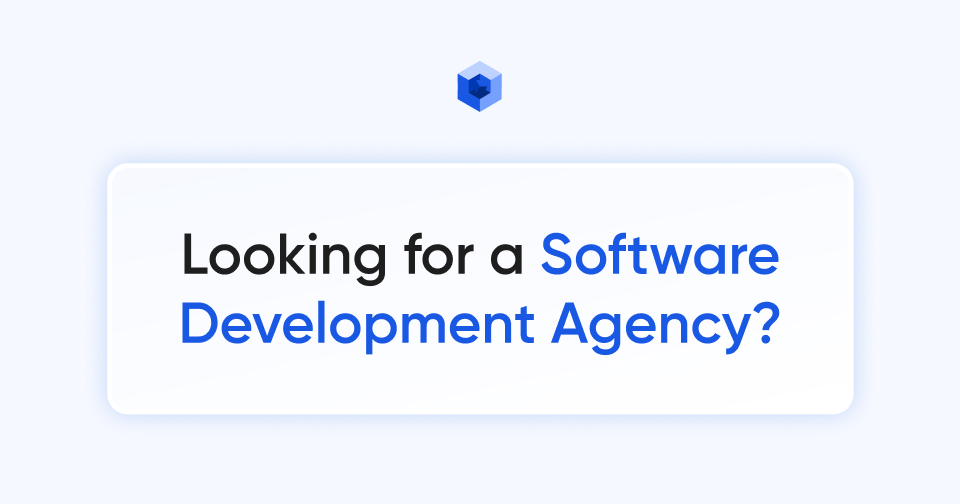
Hyper-personalization heavily relies on AI and ML algorithms. If you're in search of a software development partner capable of bringing your ideas to life, we might just be the perfect match. Here are some key points about us to aid in your decision:
Modavex stands as an award-winning creative agency and software development company co-founded by a Stanford MBA. Initially recognized for building an innovative fintech product, it evolved into Movadex. With a rich history spanning 7 years, over 200 completed projects, and a dedicated team of 50+, we're here to assist you.
Our expertise extends to the development of 8 groundbreaking SaaS startups, covering a diverse spectrum from app translators and job search networks to B2B fintech platforms and tangible investments. These ventures showcase our versatility and proficiency in turning ideas into successful software solutions.
Checklist to Develop a New SaaS Product
Every entrepreneur contemplates the intricacies of launching their product. To guide you through the initial stages of your business journey, I've crafted a succinct and focused checklist.
Many entrepreneurs suggest starting with an MVP, which stands for Minimum Viable Product. It's a smart strategy in the startup world—creating a product with just enough features and a budget for testing.
Before diving into the concise checklist, I recommend taking a moment to explore a slightly more detailed version of the essential steps to be taken. Each business can customize its process based on individual needs, market dynamics, and budget constraints. However, I'll outline a fundamental workflow that startup businesses should contemplate, a framework I frequently recommend to clients who may be uncertain.
Create a Business Model
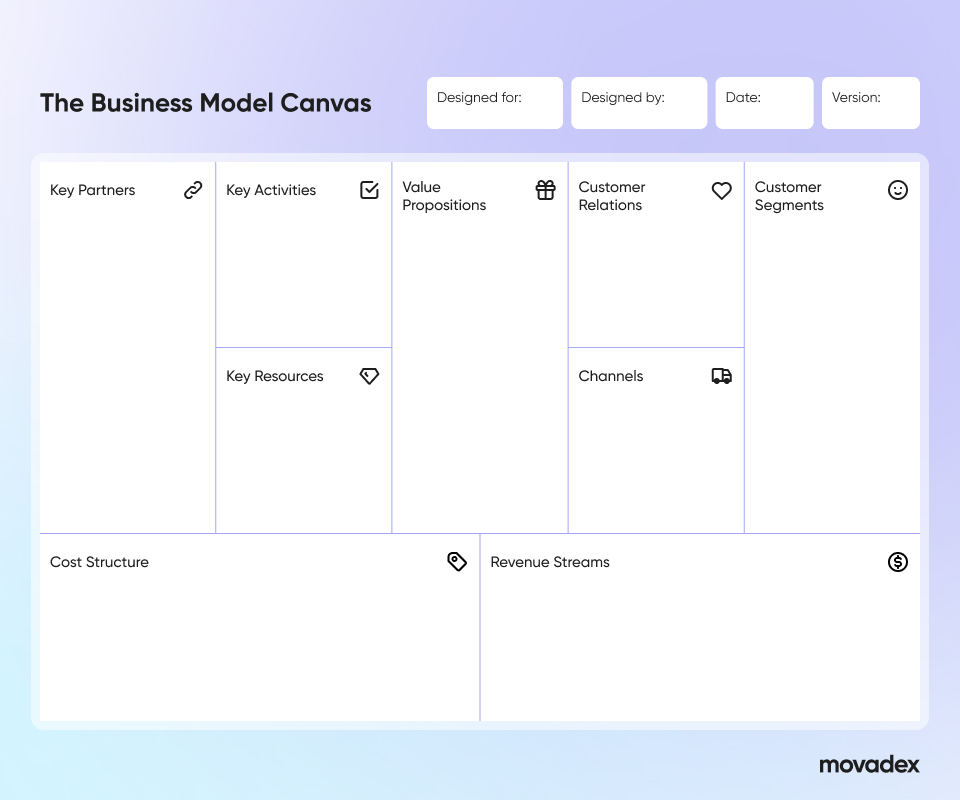
The lean startup method utilizes the Lean Canvas, a comprehensive diagram encapsulating all product hypotheses and illustrating how an enterprise generates value for itself and its customers. Initiating the process involves formulating a business model that centers on addressing consumer problems, pain points, and needs. This model offers solutions that the organization, product, or service can effectively resolve.
Create Business Hypotheses
Business hypotheses are proposed assumptions about a key aspect of a new product or service. It serves as a foundation for testing and experimentation, allowing you to validate or invalidate their assumptions through real-world feedback and data before fully committing resources. To address these questions, it's crucial not only to formulate hypotheses and test them but also to establish a systematic approach to acquiring empirical data. Subsequently, adapting the product promptly based on the gathered information becomes essential.
Hypotheses are frequently formulated using the ICE or RICE methodology within the AAARRR framework, especially when considering changes to the product.
For instance, let's take a hypothesis: perhaps our target customers struggle with effective time management. To validate this, we conduct surveys or interviews to confirm whether the identified customers indeed encounter time management issues.
Another commonly tested hypothesis involves a subscription model: customers are willing to pay a subscription fee for premium features. To assess this, we introduce a limited version of the product with premium features and gauge customer willingness to pay, a strategy commonly known as freemium.
MVP (Build-Measure-Learn)
Once the Minimum Viable Product (MVP) is crafted, the team gathers customer feedback and makes decisions based on that input. The path forward involves either sticking to the chosen course or adjusting the initial plans. In the realm of "lean startup," the underlying philosophy is that if the MVP reveals a misalignment with the audience's needs or the broader market, it makes sense to develop a version that addresses customers' pain points and market needs.
So, MVP should steer clear of excessive functionalities, focusing only on the essential ones crucial for a seamless user experience learning curve — it needs to satisfy customers and meet their needs to garner valuable feedback.
Furthermore, in the initial stages of crafting an MVP, emphasis should be placed on vertical positioning rather than horizontal. What does this entail? The more precise and smaller the target audience sample, the more effective.
Take, for instance, our client TasteBuds, for whom we provided a comprehensive range of services, from branding to development. TasteBuds functions as a culinary social media platform, designed to elevate culinary skills and surprise loved ones with culinary creations.
Rather than developing a recipe platform for a broad audience, including those uninterested in cooking, TasteBuds narrowed its focus to a specific audience – individuals passionate about cooking who wish to share their recipes with like-minded enthusiasts. This deliberate approach excludes generic recipes like "don't know how to cook and don't like to cook? cook this scrambled egg!" The objective was to cultivate a community of people with shared culinary interests, representing vertical positioning.

Consider these key questions:
What goals am I aiming to achieve?
What resources are at my disposal?
Will my product offer a unique approach that captivates customers more effectively than competitors?
Crafting user flows is consistently a wise practice; it's a step we invariably take before diving into the design phase. As an illustration, here's the User Flow Map for Pyoor, one of our clients:
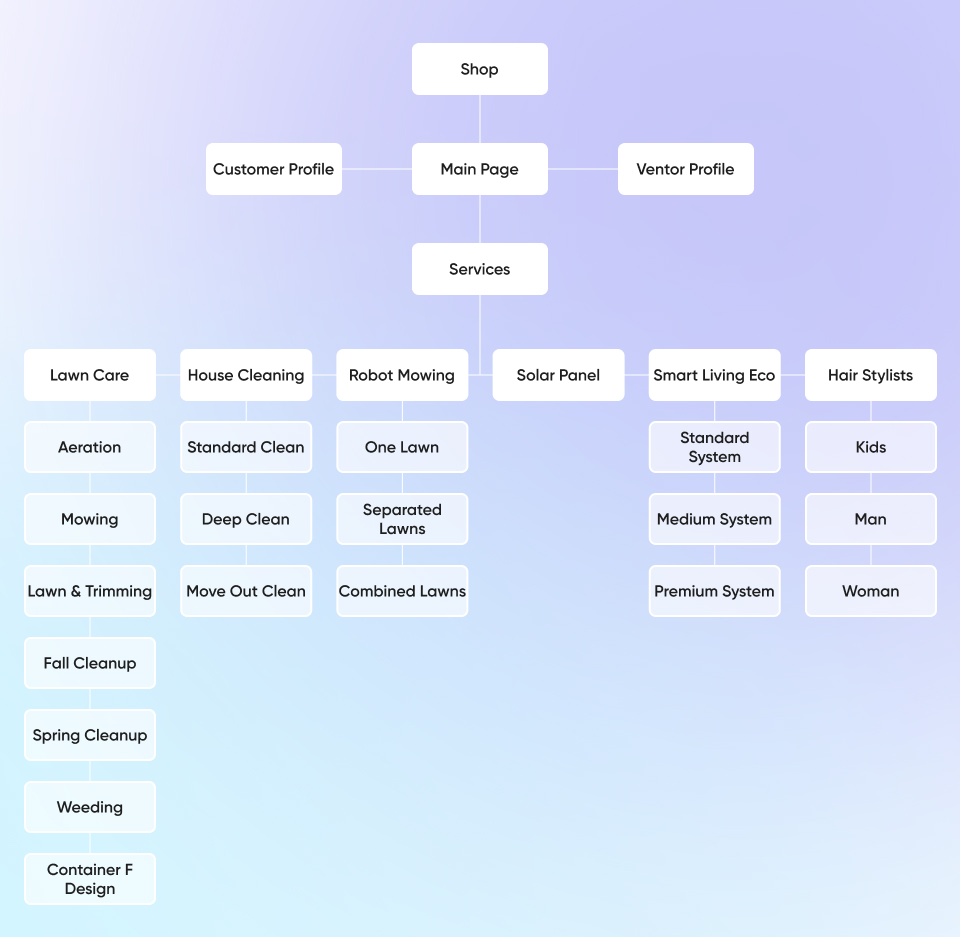
Measure
If this is an application, what is the number of MAU, what is the maintenance or what is your income?
If it's a website, what are the conversions, and landing page views and how does the A/B test work?
This is what cohort analysis is for.
This method departs from evaluating aggregate metrics like the total number of consumers or overall income. Instead, it scrutinizes metrics for specific consumer groups, known as cohorts.
Should you discover that the core concept of your Minimum Viable Product (MVP) isn't resonating with the intended customers, the advantage lies in being able to discard the foundational product without exhausting excessive resources. When dealing with a tangible product undergoing testing before market release, obtaining feedback becomes more accessible. This involves soliciting testers' insights on the product they are actively using. Once data on your MVP is in hand, the next step involves extracting valuable insights from this information – marking the crucial learning phase in the lean startup methodology.
Learn
The ultimate phase in the Lean Startup methodology is learning. Integrating customer feedback into the Build-Measure-Learn cycle is key to ensuring a product-market fit. Critical questions arise at this juncture:
- Is a pivot (a change in direction) necessary, or should the current model persist?
- Are additional features needed or should some be removed?
- Should the product be priced or offered for free? Is an advertising model appropriate, or would a freemium approach better serve the audience?
Here's a brief checklist outlining exactly what you should do at the start of your startup journey.

Сonclusion
The market is poised to reach a staggering $819.23 billion by 2030, reflecting sustained investor interest, with SaaS securing 47.6% of total VC funding. Key trends for 2024 encompass personalization, vertical specialization, AI/ML integration, blockchain applications, the rising popularity of Vertical SaaS, White Label SaaS solutions, social impact initiatives, the prominence of PaaS, and a heightened focus on hyper-personalization, emphasizing the industry's dynamic evolution.

